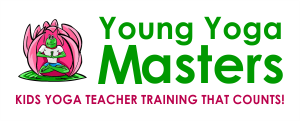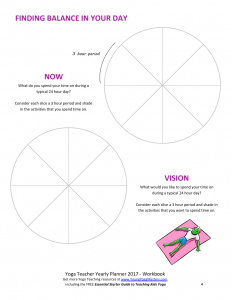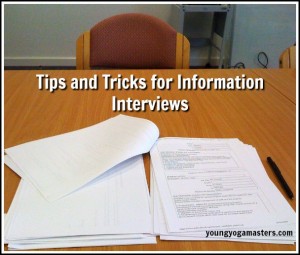The weather today in Canada is cold and snowy, perfect for a cozy day watching the Olympic Games. … [Read more...] about 3 Olympic Themed Kids Yoga Ideas
character development
Kids Yoga Class Planning – Free Workbook
Welcome to the first newsletter of 2017. Today I have a free downloadable workbook that I'll … [Read more...] about Kids Yoga Class Planning – Free Workbook
6 Strategies to Protect Children From Troubling Times
Protect Children Through Troubling Times Children are like sponges, absorbing the energy around … [Read more...] about 6 Strategies to Protect Children From Troubling Times
Information Interviews: A Helpful Tool for Kids Yoga Teachers To Get New Classes
Want to teach kids yoga classes but not sure where to start? Every country, state, city and … [Read more...] about Information Interviews: A Helpful Tool for Kids Yoga Teachers To Get New Classes
How the Olympics and Yoga Can Inspire Children to Believe
"I Don't Want to Play If I Get Out!" When I announced the game at the end of a kids yoga class … [Read more...] about How the Olympics and Yoga Can Inspire Children to Believe
Character Development – Empathy
The Discovery of Mirror Neurons - A Scientific Understanding of Empathy "All humans are soft … [Read more...] about Character Development – Empathy






